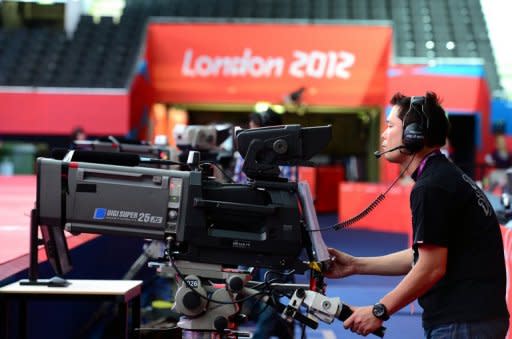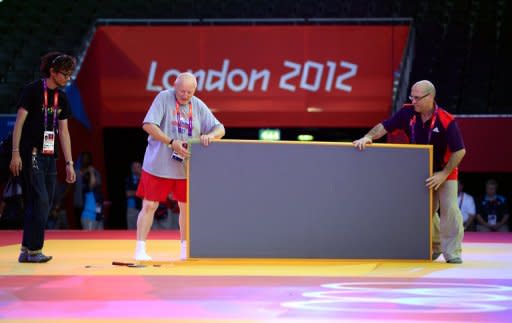Judo switches to video technology to cut scandals
Video replay technology will be used at the Olympic judo competition for the first time in an effort to eradicate judging controversies. The sport has suffered from scandals in the past due to the sometimes difficult nature of scoring a bout. The most notorious case was the men's heavyweight final in Sydney 2000 when Frenchman David Douillet defeated Japan's Shinichi Shinohara. But now International Judo Federation Refereeing Director Juan Carlos Barcos says such incidents will be eliminated. "Sydney was the past but unfortunately this situation brought too much controversy to judo," he said. "That's why we (use technology to) evalute and make a fair decision. I don't think it can happen (again) but you never know." In the Sydney final, the blue riband event, and one between a legend of the sport in Douillet and the representative from the most successful country and founders of the martial art, the result went the wrong way. Douillet attacked Shinohara with an inner thigh throw but the Japanese somehow managed to slip off the technique and use great arm strength to counter the Frenchman and flip him onto his back. As both men came crashing to the ground it was difficult to see who had been in control of the movement. The referee and two corner judges were at odds over whom to give a score and even what score to give. In the end they plumped for a small yuko score for Douillet but television replays later showed that Shinohara should have been given a maximum ippon (technical knock-out). Douillet went on to win the fight by that minor yuko score. This time, however, when there is a controversial incident, as can often happen in judo with one fighter attacking and the other countering, the referees can refer it to the refereeing commission who will check the television replays and make a ruling. And if there is no clear evidence, they can also determine that no score should be given. "If it is clear for one or the other we will do it, but if it's such a difficult decision that it's not just the referees but also the public who haven't seen a big mistake, it's better not to give a score to one or the other," added Barcos. "We'll use two cameras, one each side (of the mat) so it will be very difficult to make a terrible mistake. "This is very important for our sport and it must be the best intention for refereeing. It's difficult to do but we must do it." They already used this system at last year's World Championships in Paris and although it causes a delay in proceedings, it largely proved popular with the crowd. It resulted several times in a referee's decision being over-turned when already the crowd had made their feelings known about the score originally awarded.




